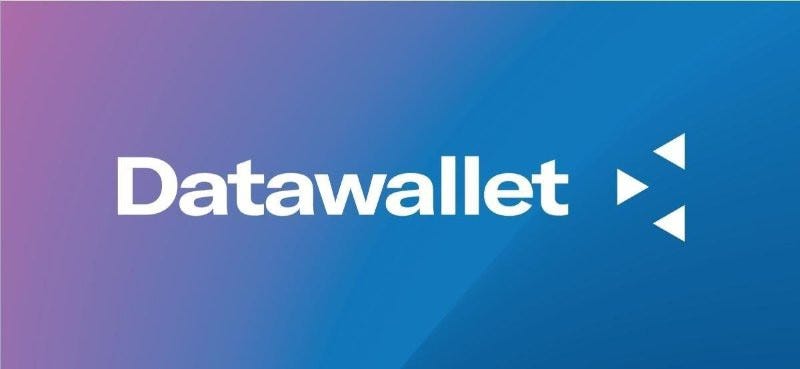
The data issue is big. But just how big?
Many individuals and organizations know that they have issues with their data but are unable to express these in terms that can really help them understand just how important data really is and what they can do about them.
Let’s start with how data became a big issue. If you think about what we do every day, from the moment we wake up and reach out for the phone to read the day’s headlines, to the final hours before we go to bed when we wind down with a few social media posts, then you realize two things: the first is just how highly digitized our world has become and the second, just how much data we are consuming and creating.
Without needing to quantify it, we already know that our generation is consuming data at its highest rate (and growing!) but in turn, we’re also creating far more data than our predecessors, whether directly through our input or indirectly via the automated tracking of our habits, favorite searches and other behaviors online.
But let’s quantify it anyway
IBM estimated in 2013 that we were creating 2.5 quintillion (exa) bytes of data every day. That’s the equivalent of filling up 2.5 million hard disks with a 1 TB capacity. Every day. That was almost five years ago.
And how the data we create is being used by businesses everywhere is getting more diverse. We already know Internet search engines and social media apps are gathering information about us, learning our shopping preferences and browsing behavior. But now, even the GPS locations of our photos posted online are being used to channel advertising to us. The signals on our cellphone are being tracked to try and entice us with localized content. Even the pixel locations of the links we click and the brightness levels we like are being used to learn more about us.
The big data industry is huge — last year it recorded a global revenue of $33.5 billion. By 2020, this figure will be above $57 billion.
I want some of that!
Who doesn’t? With so much monetization being made from the data we created, there should be a way to benefit from some of that. We can’t prevent our data from being taken (unless we stop creating it altogether). So we’d like to introduce our partner Datawallet, who’ve proposed a self-sovereign wallet that will do for data what Bitcoin did for money: put the user in full ownership and full control:
- you get to decide the data you share, and with whom you share it;
- you get to see exactly what companies use the data for with transparent use cases; and
- you get to claim some of the profits generated from your data. For the first time, users monetize data they already create and share every day!
No one’s left out. Companies who use big data can benefit from Datawallet’s model to:
- access previously unavailable cross-platform, user-specific, historic and real-time user data with full consent from users; and
- train their algorithms by allowing users to link apps with data, taking great leaps towards achieving an AI-driven economy.
Datawallet already has a working product which you can try. Download the Datawallet mobile app, register an account, complete a data set any way you like. Once things are up an running, you can sell your data on the data exchange and start earning in Datawallet tokens (DXT), or trade for products and services from your favorite companies.
Prefer to get more involved? The Datawallet token sale opens tomorrow, Febuary 5th, 2018. Get the low down on Datawallet on their website and whitepaper, or chat with the team on Telegram.
Curious about what AmaZix can do for you?
We’re always on the lookout for another exciting project to work on. If you’re working in the crypto space and planning an ICO, or just want help managing your communities, we’d love to hear from you.
Reach out to us on the following channels:
1. Telegram: https://t.me/amazix
2. Twitter: https://twitter.com/AmaZixOfficial
3. Website: http://www.amazix.com/
4. Facebook: https://www.facebook.com/AmaZixOfficial
5. Reddit: https://www.reddit.com/r/AmaZixOfficial/
By AmaZix Editorial on February 4, 2018.
Exported from Medium on January 30, 2020.
